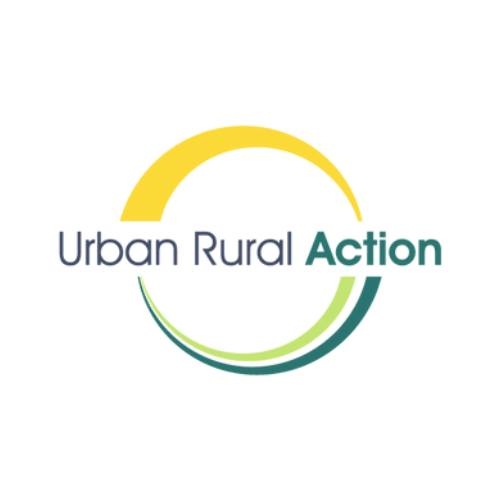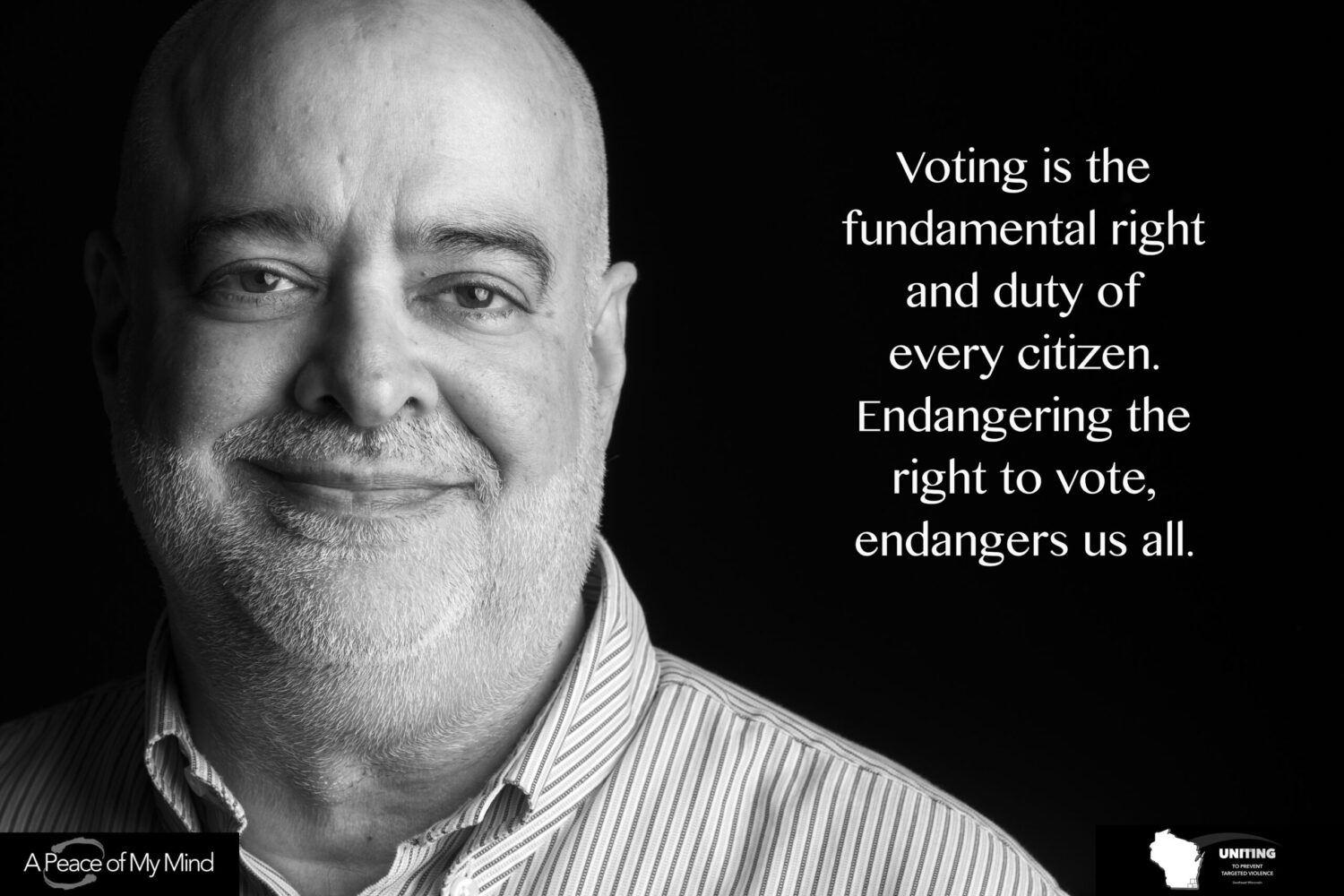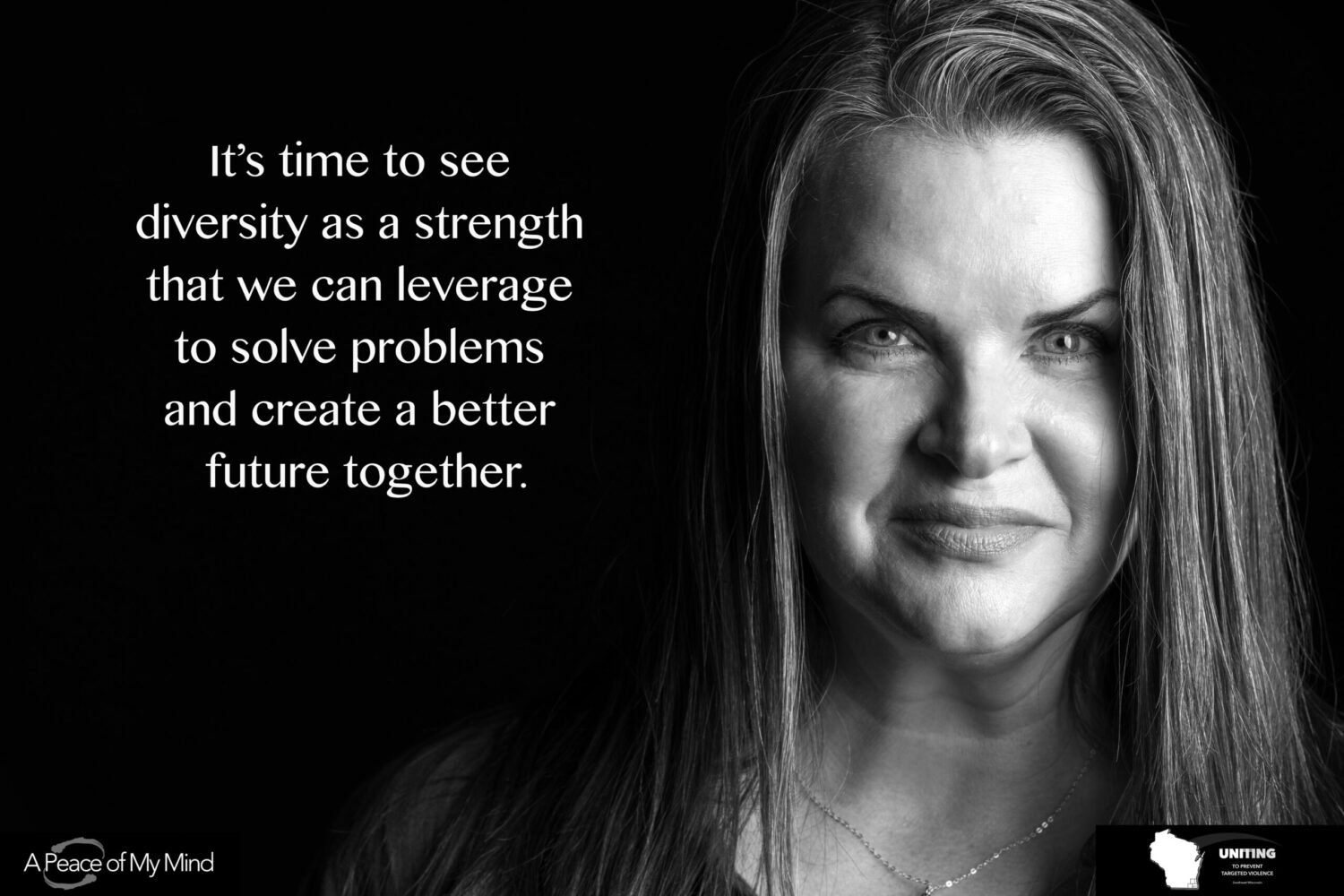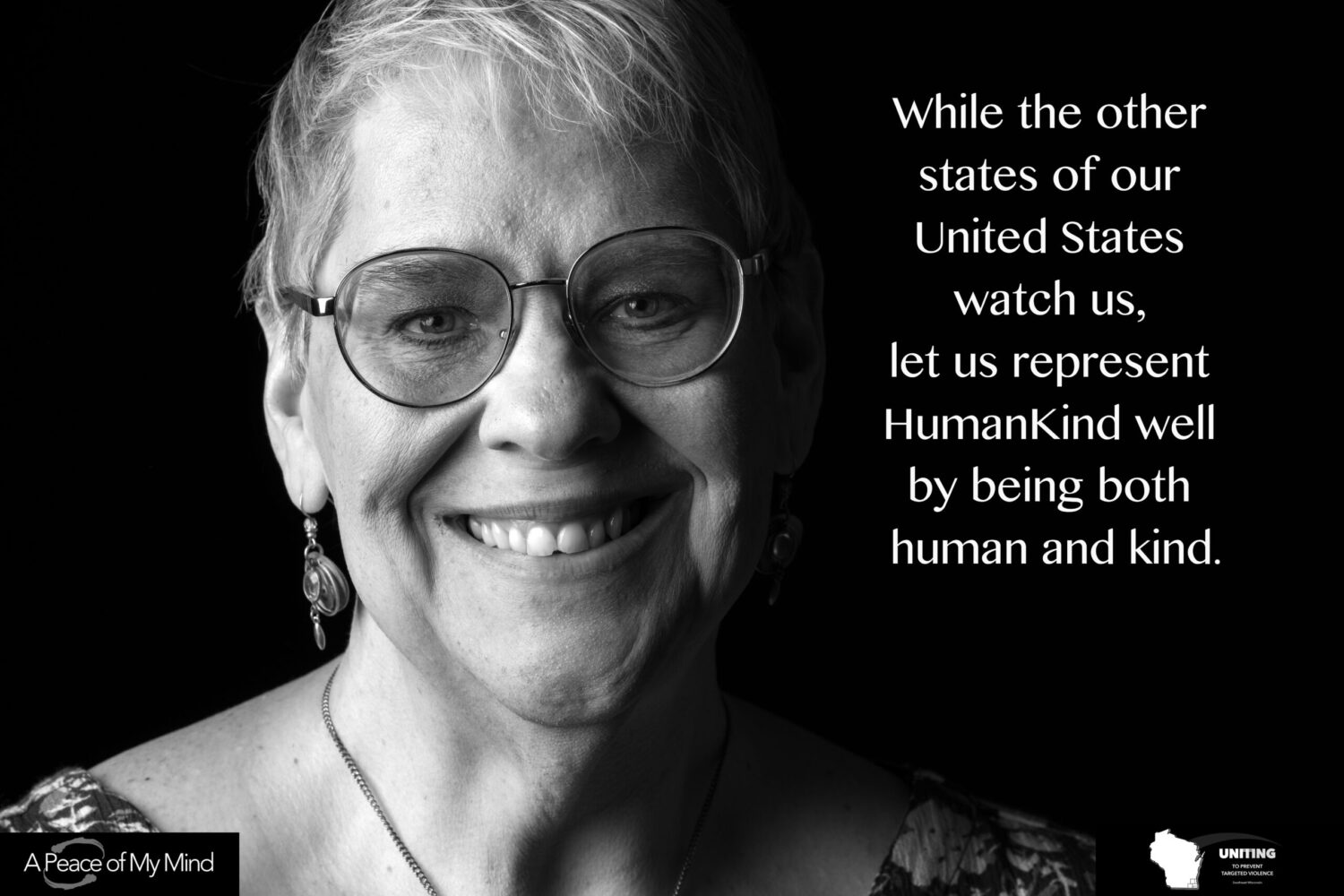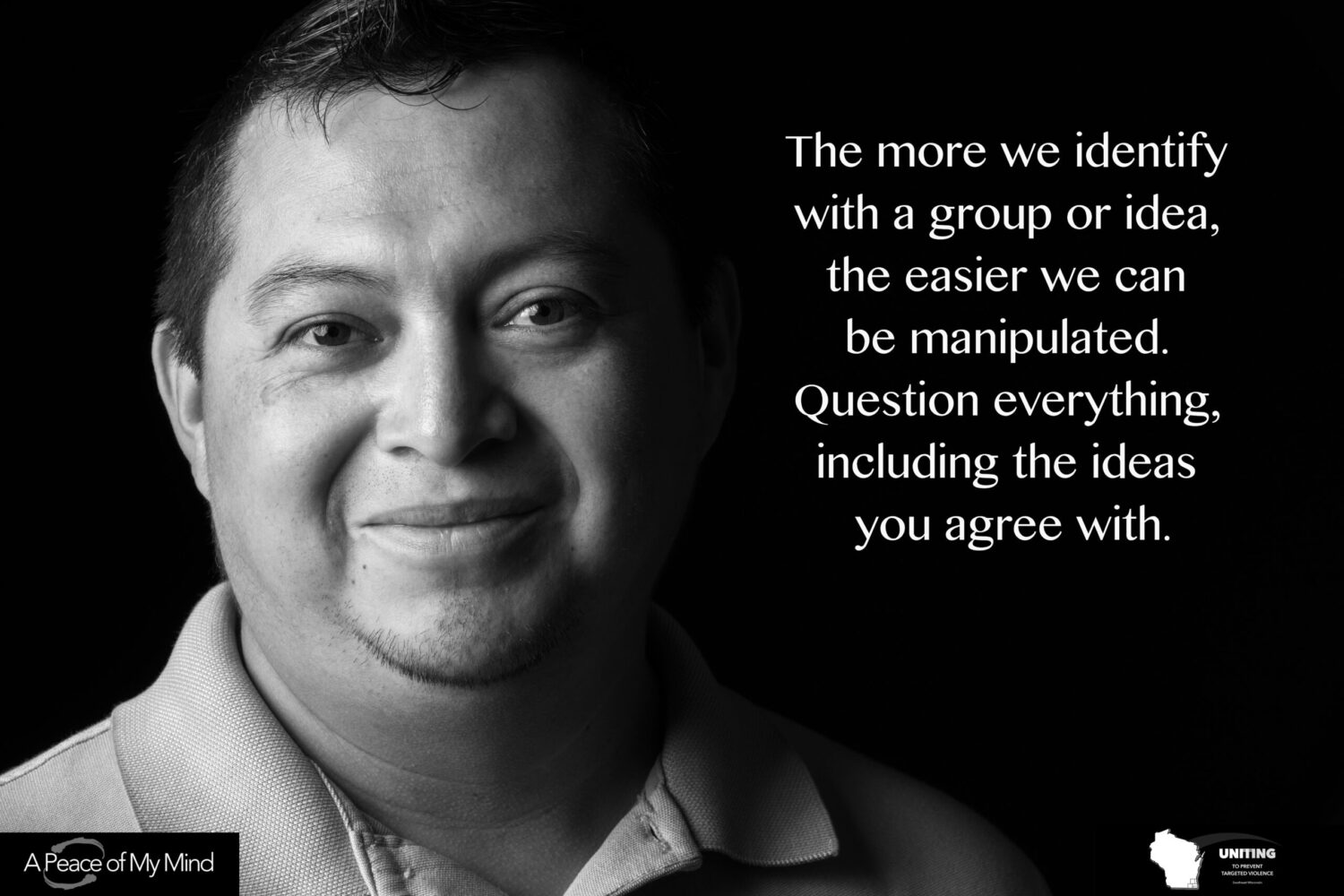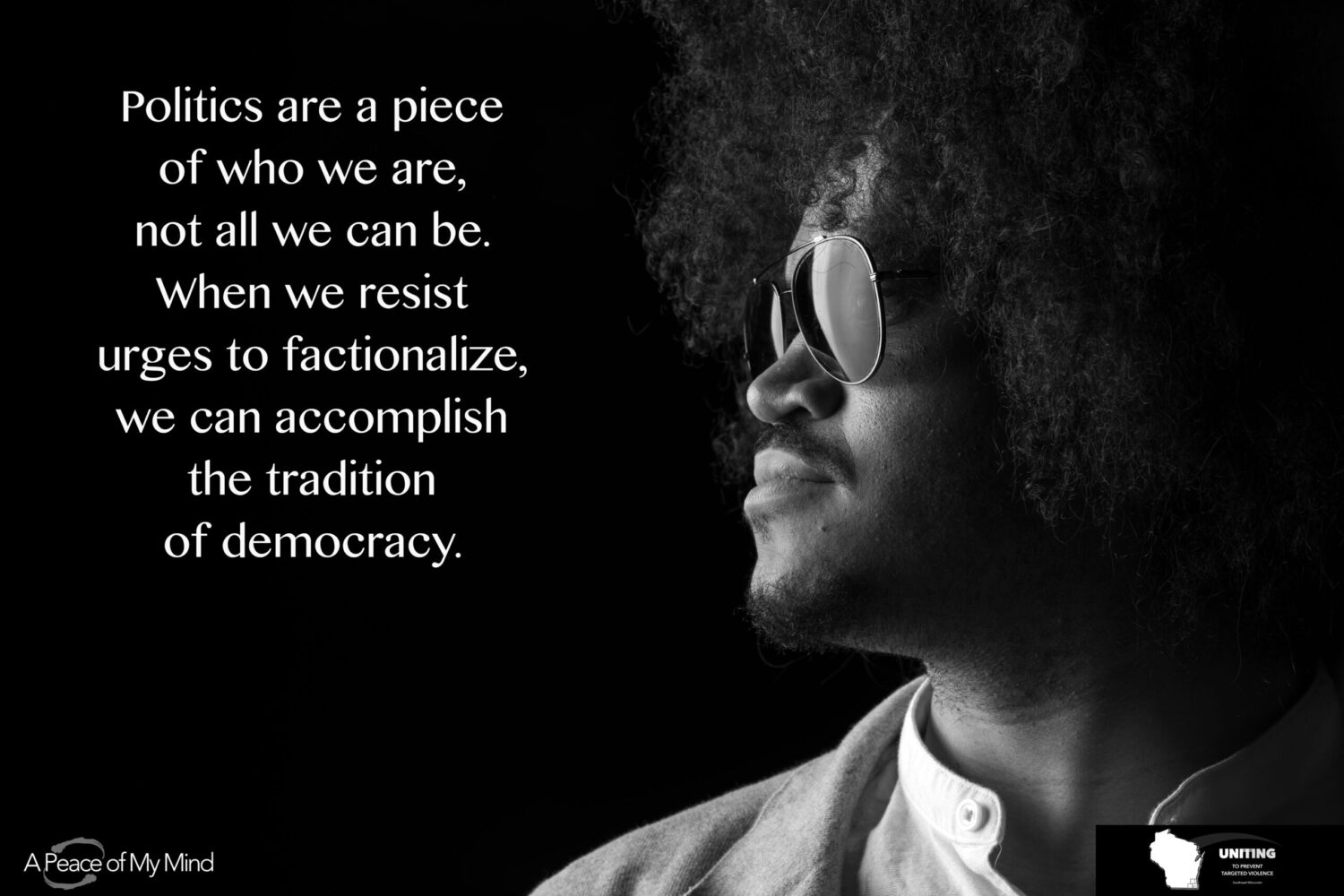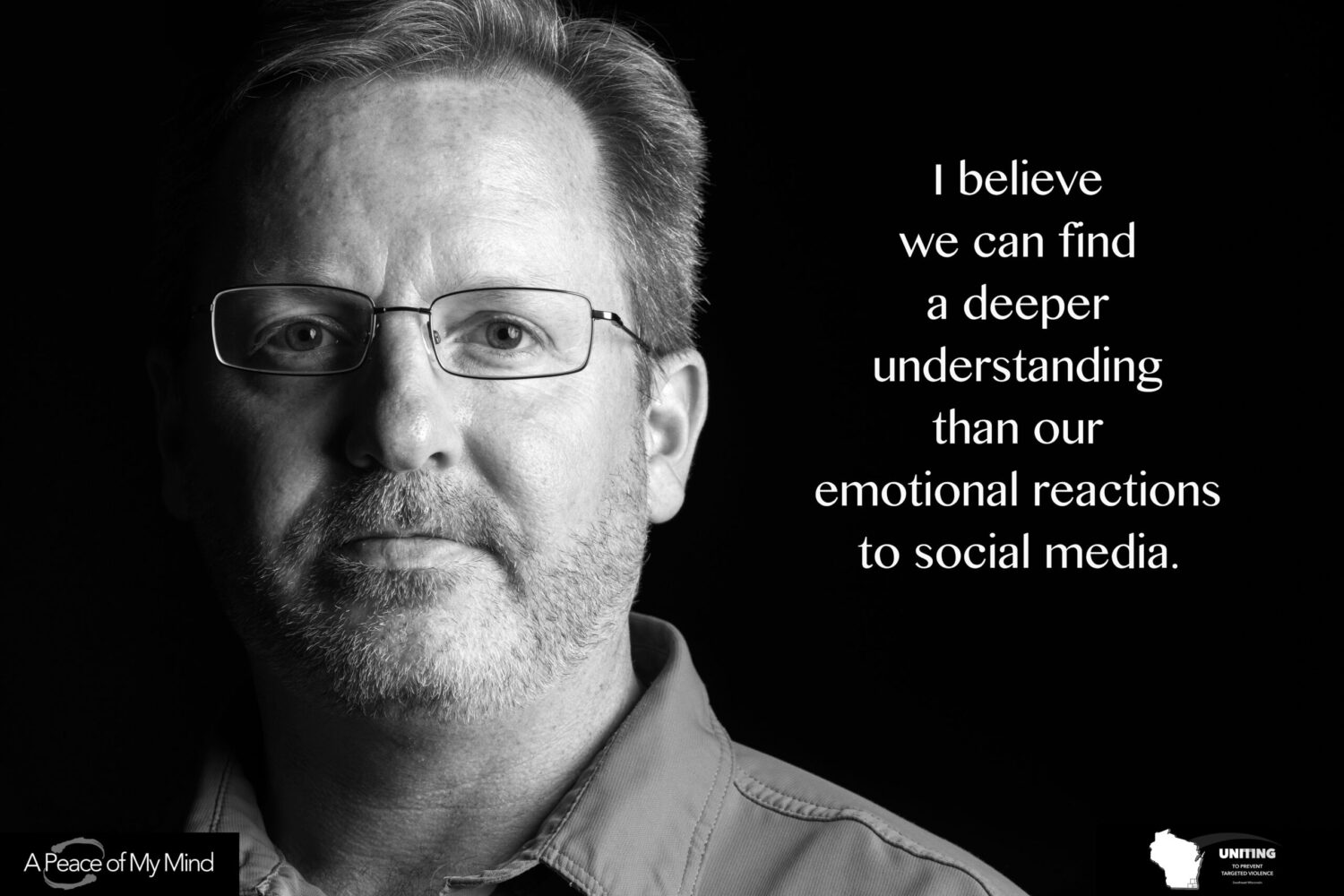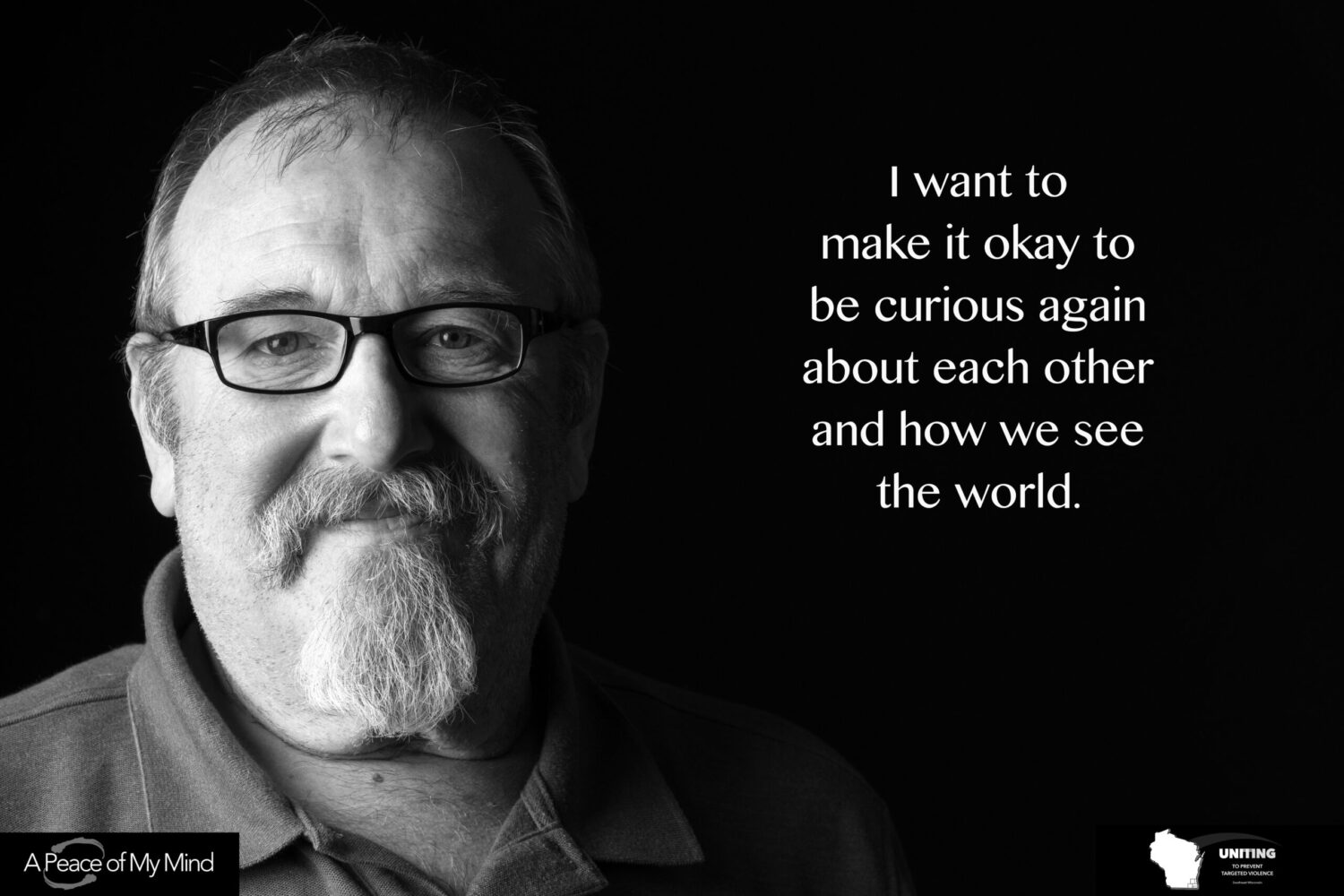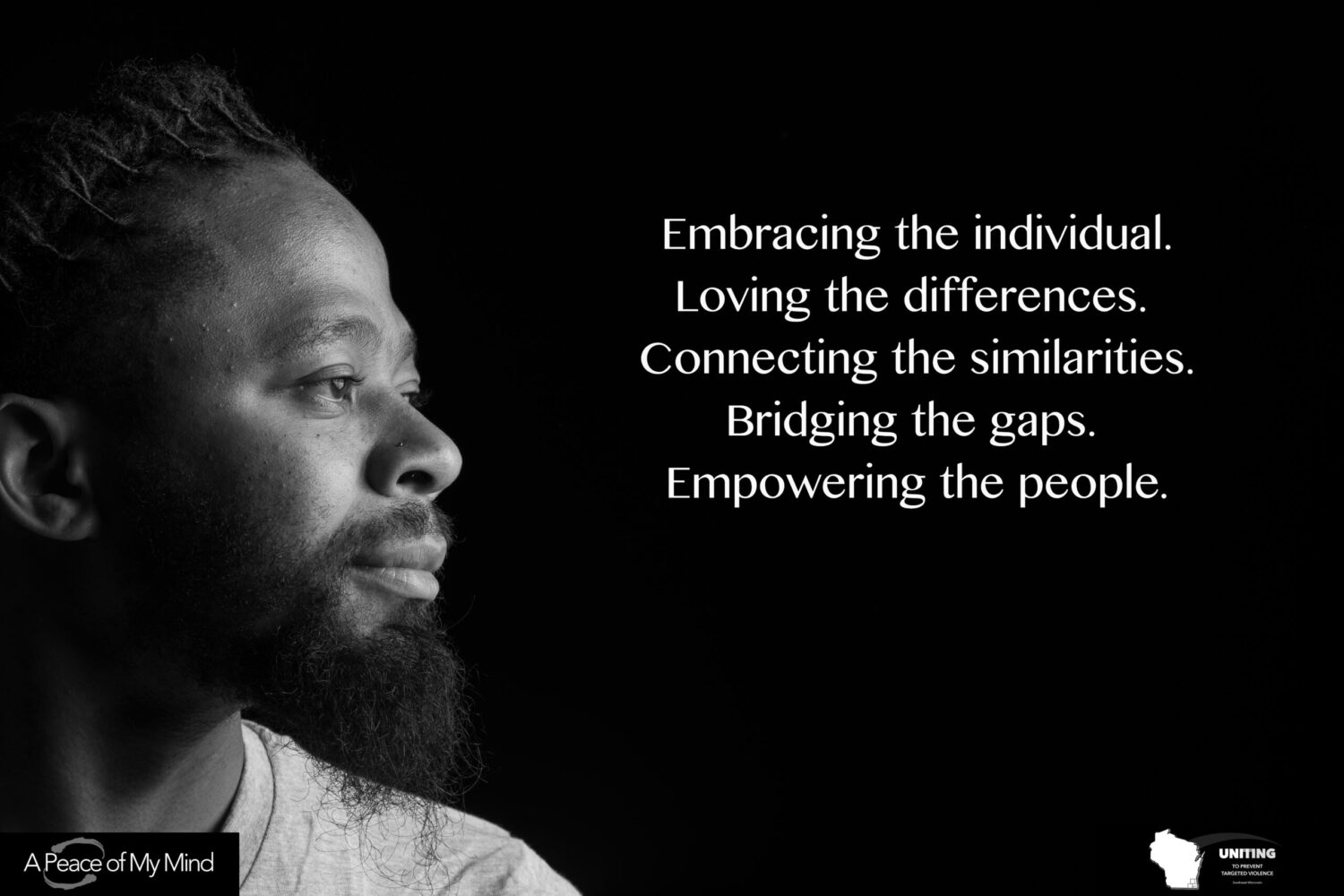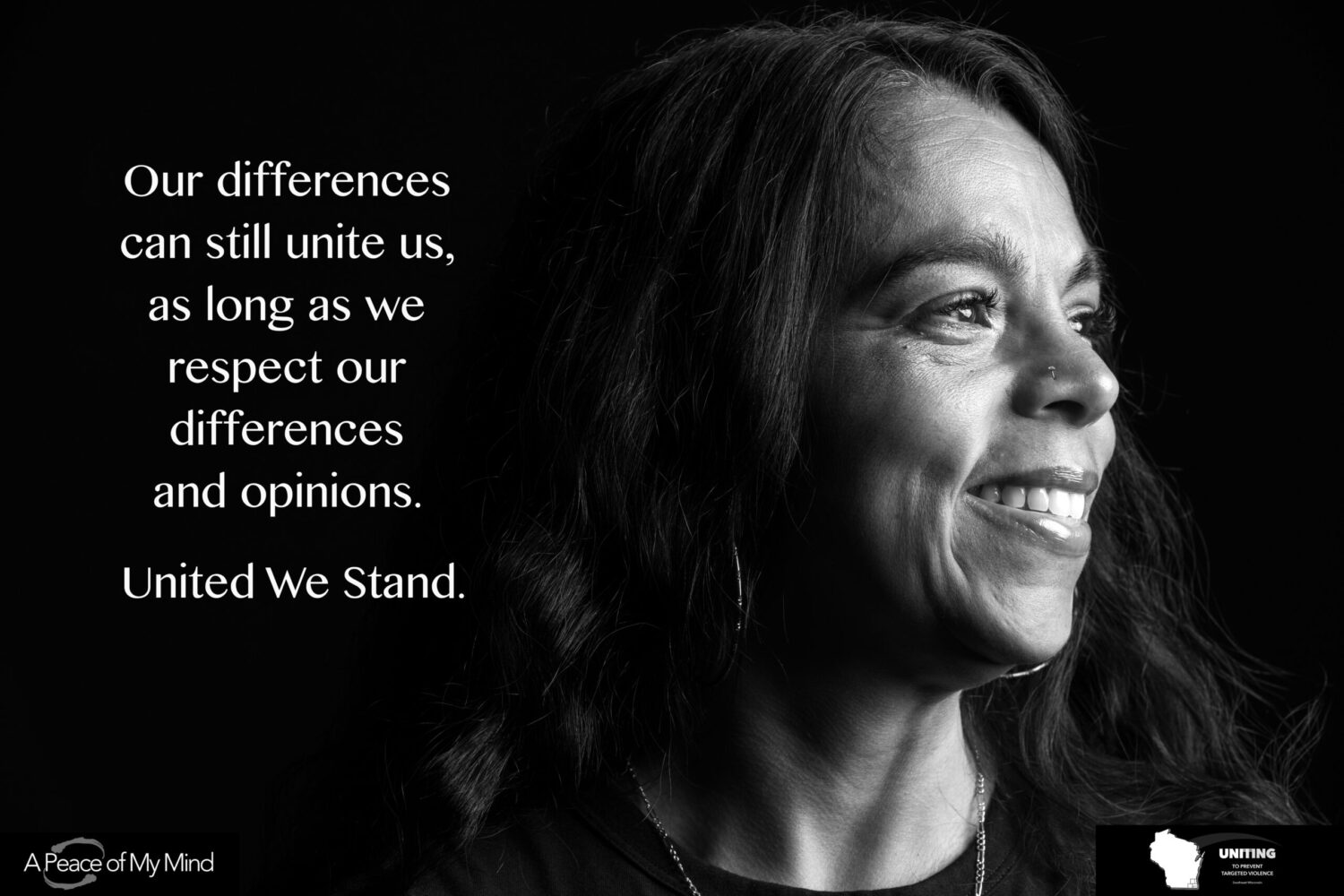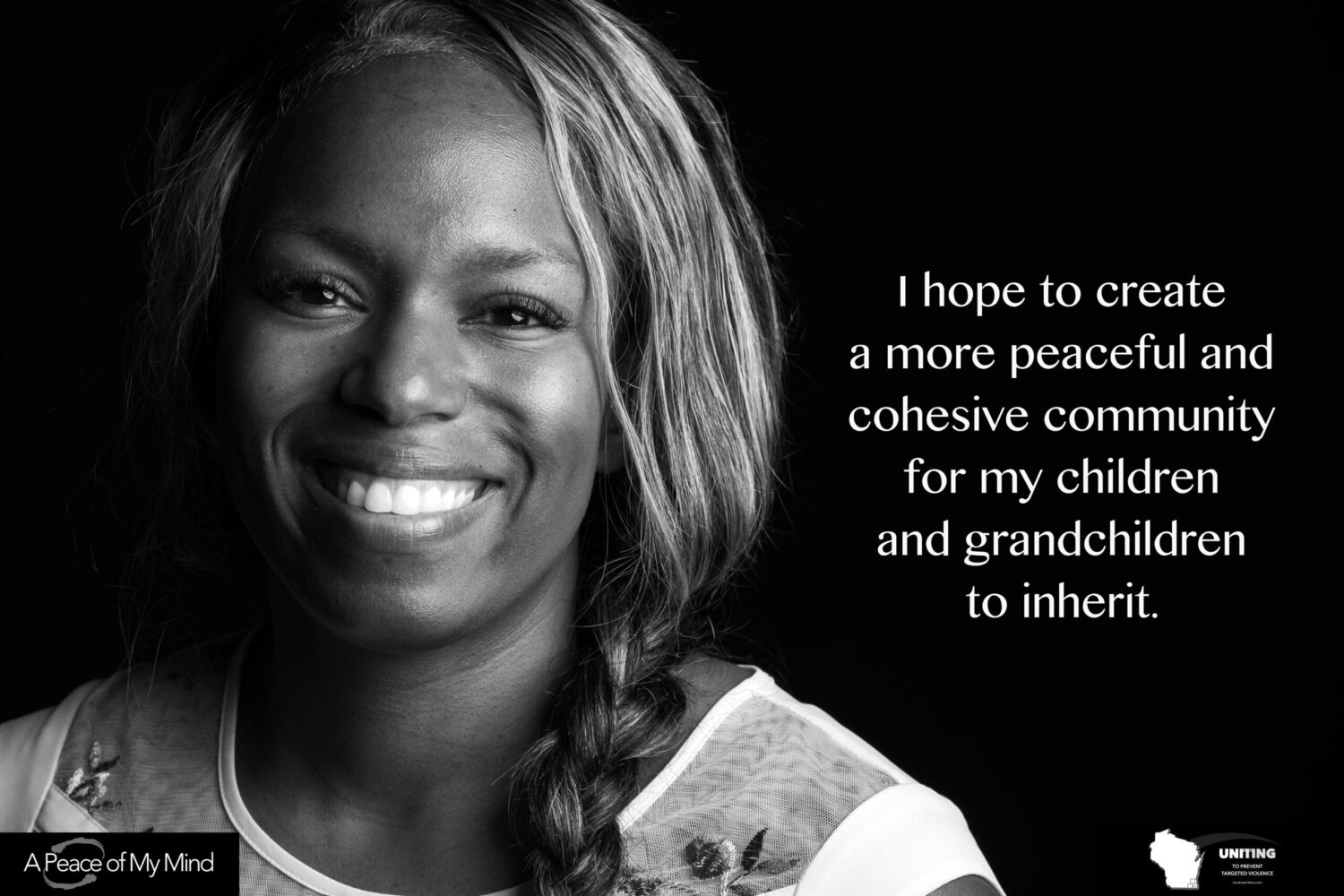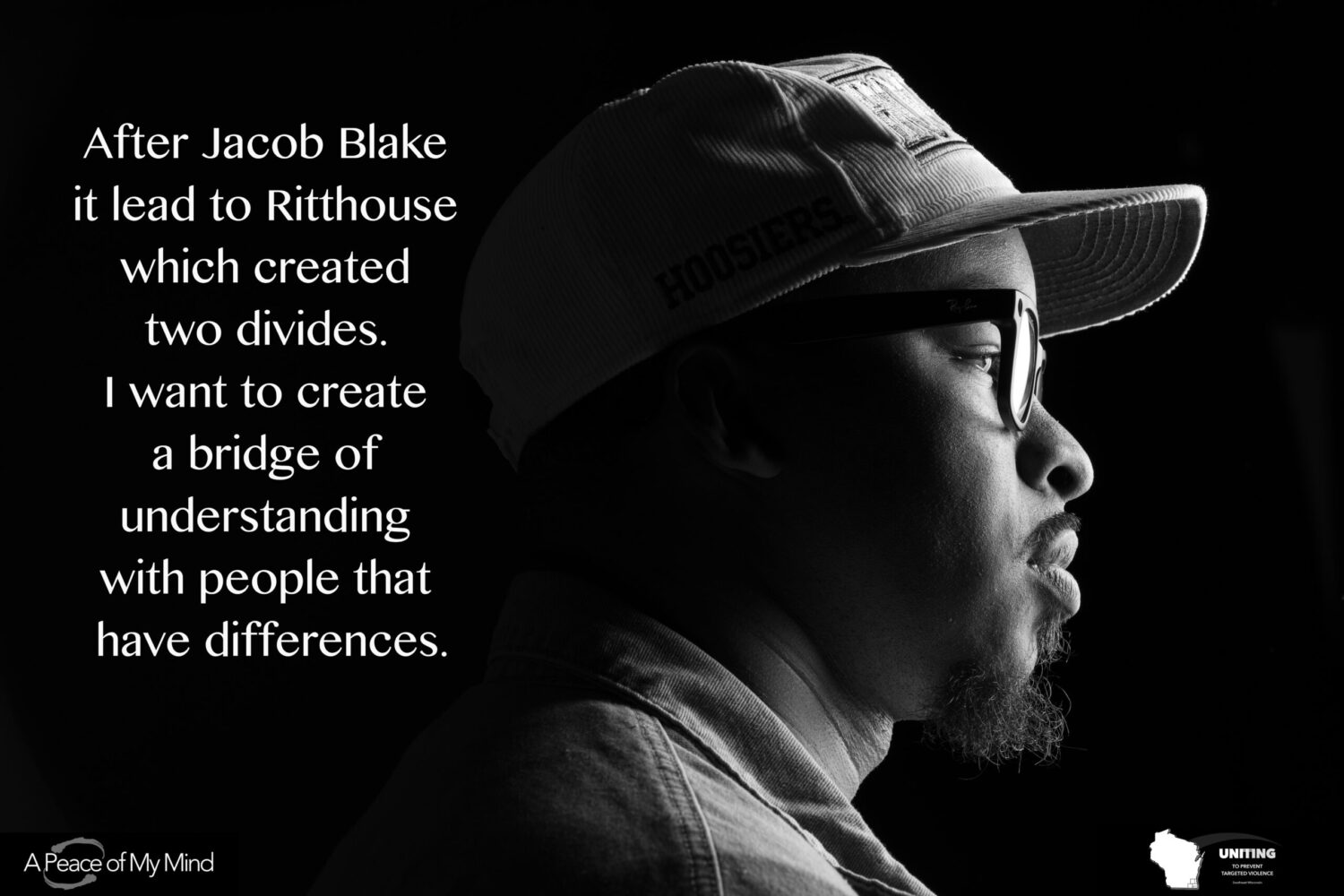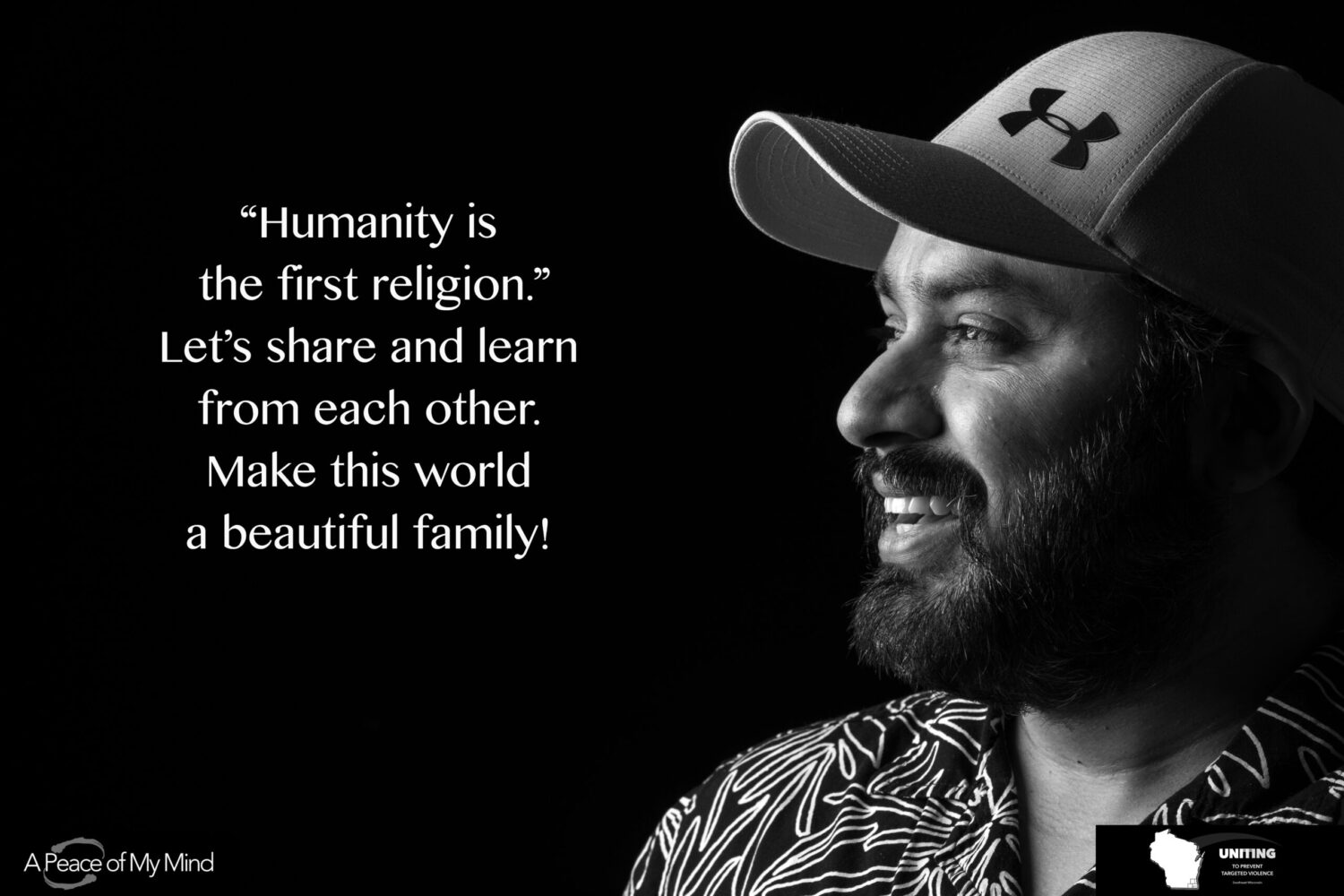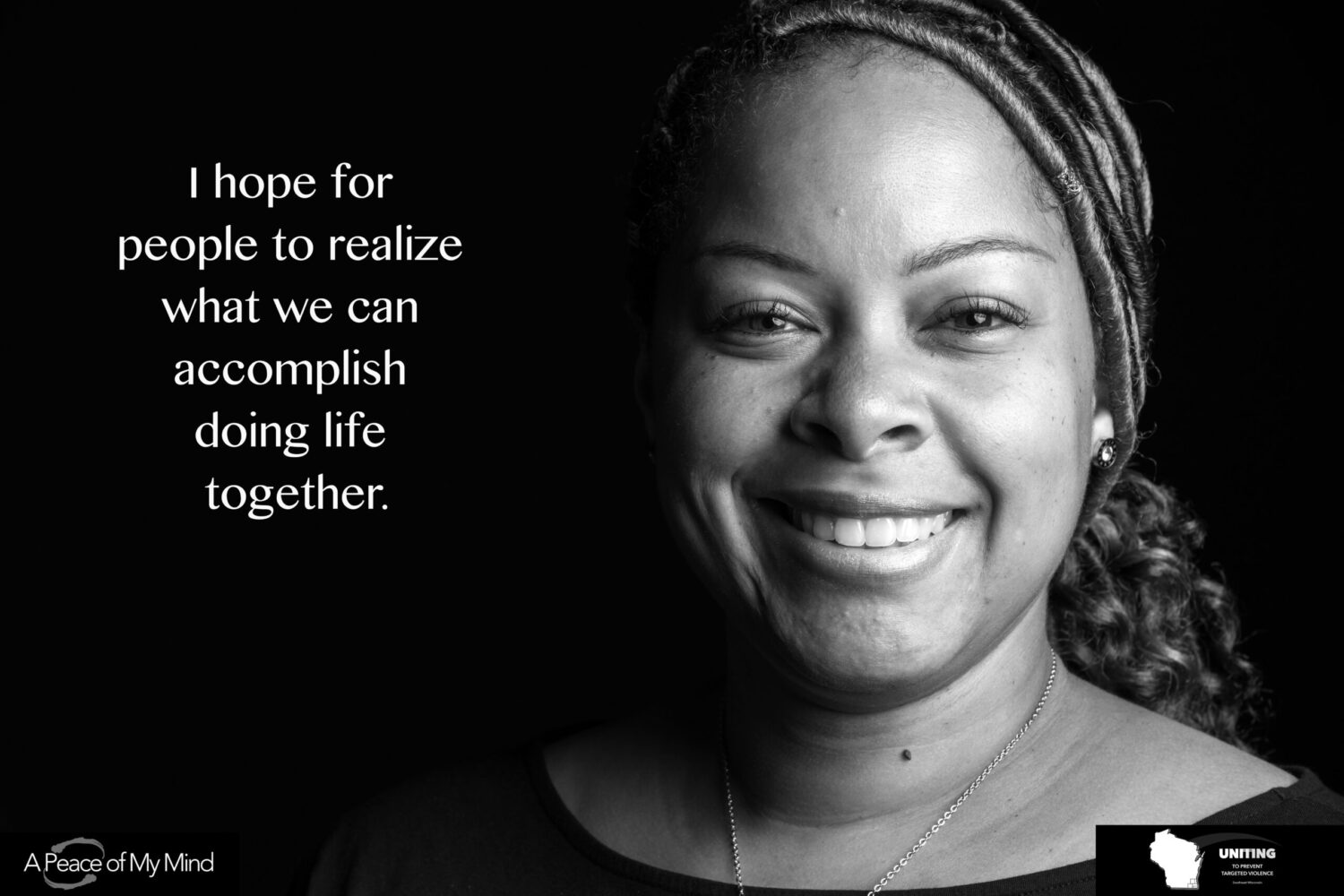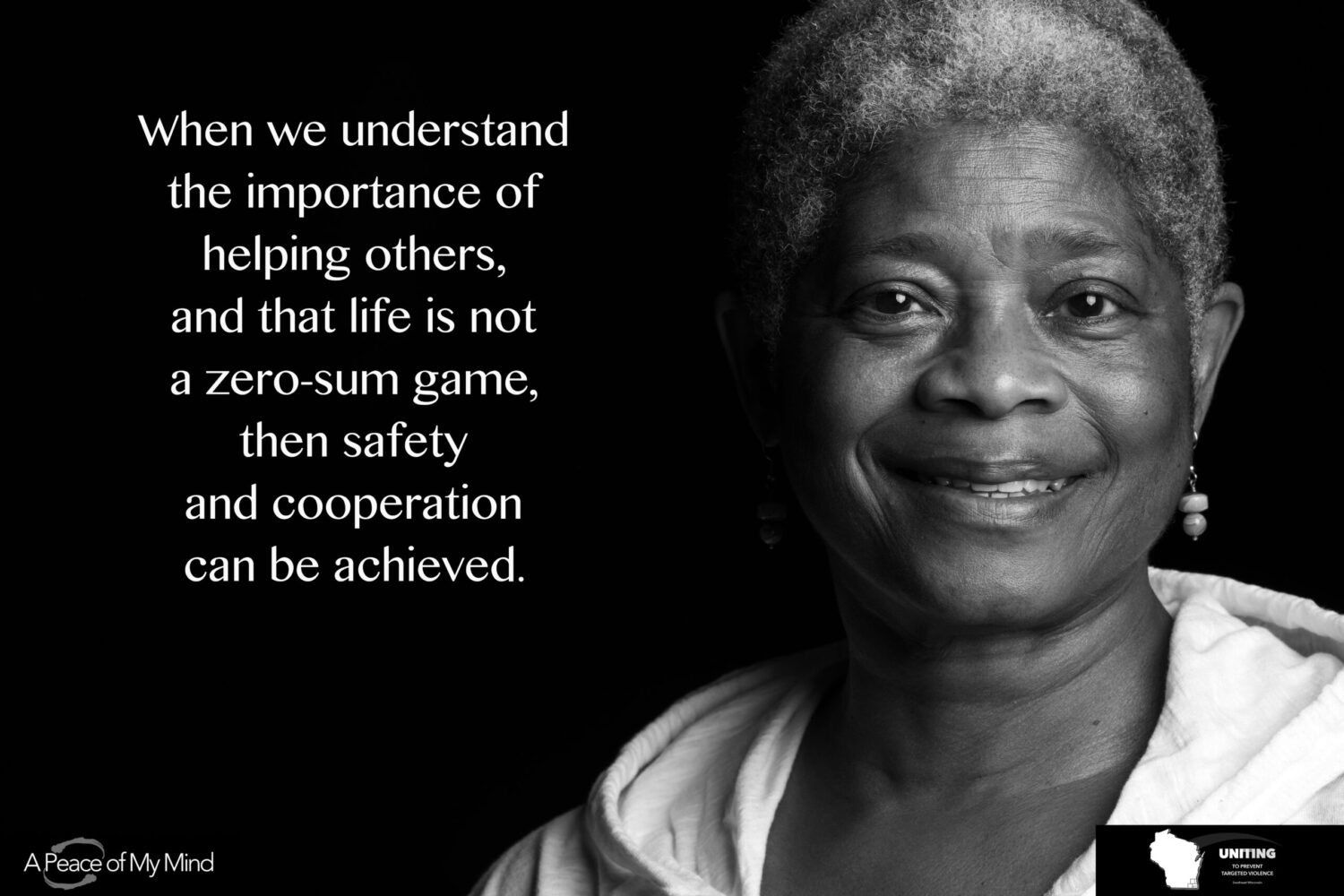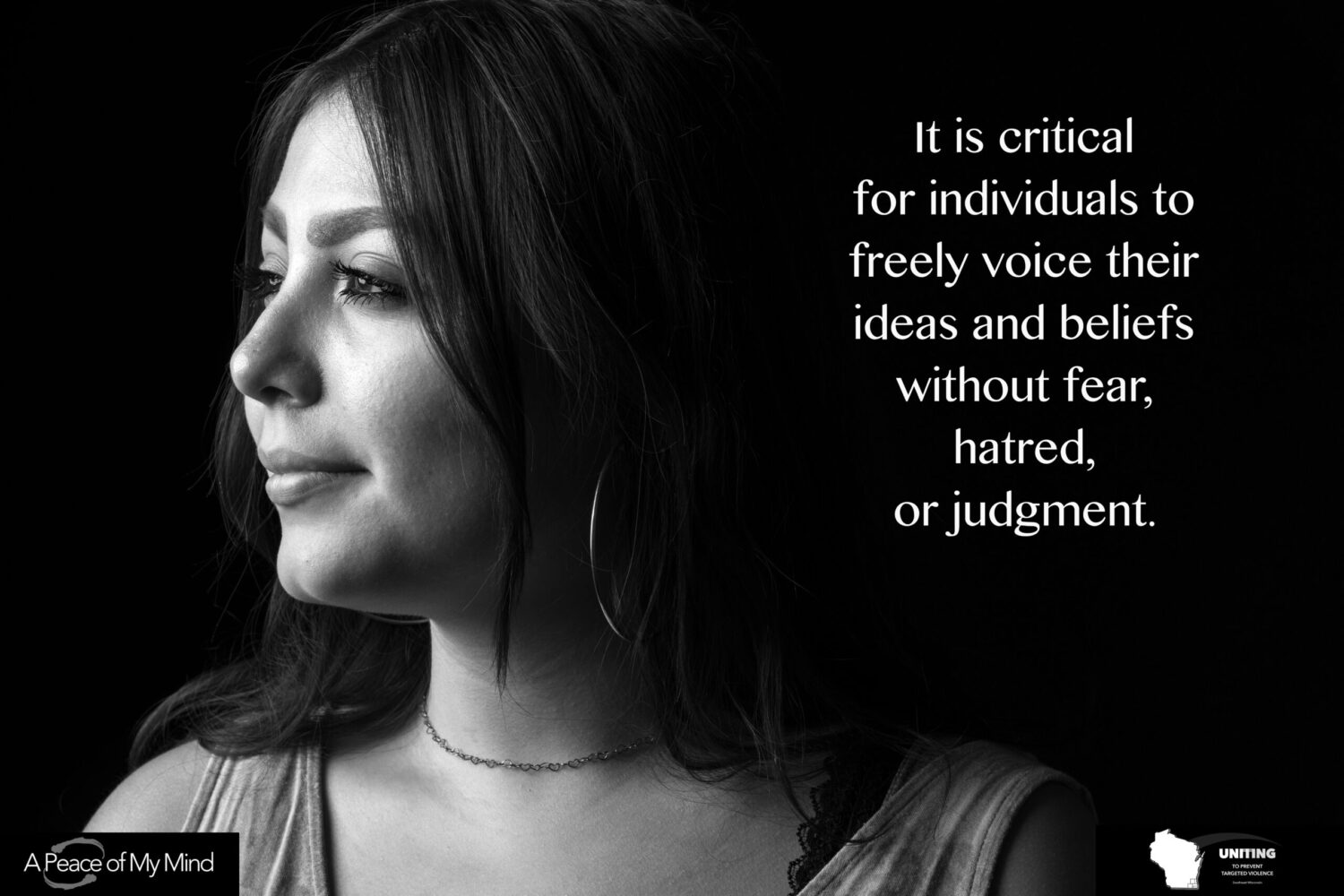by Lisa Inks and Eli Kelling (with Urban Rural Action) with photographs by John Noltner
This essay was selected for publication as part of the War Prevention Initiative’s Essay Un-contest on Peaceful Elections.
Southeast Wisconsin not only sits at the epicenter in a swing state of what will be a closely contested presidential election, but it also bears a history of targeted violence and division. Tragic events, like the Kenosha unrest of 2020, the Oak Creek Sikh temple shooting of 2012, and the Waukesha Christmas parade attack of 2021, show the danger of allowing tensions to fester. Numerous social divisions provide a foundation for risk of election violence, including extreme segregation in Milwaukee, racial divides in Kenosha, and tensions between recent immigrants and long-time residents in Walworth County. But in the summer of 2024, Wisconsinites across the political spectrum came together as part of Urban Rural Action’s Uniting to Prevent Targeted Violence program to push back against polarization and division. Through an event promoting a safe election season, community members and civic leaders shared their commitment to making their communities safe and strong this fall and beyond.
Some of the community members and leaders at this event who are featured in the photographs below are spearheading efforts among civil society organizations in southeast Wisconsin to ensure a safe and fair election season. Others are Urban Rural Action team members working to prevent targeted violence in southeast Wisconsin, including election violence. The majority of those featured below, however, are community members and leaders who have been chosen as Uniters, volunteers with the Uniting to Prevent Targeted Violence program who are dedicating their time to reduce the risk of violence and make a positive change in their communities. These featured Uniters—eight out of 26 total—have worked together since May 2024 to build their skills in constructive dialogue and increase their understanding of targeted violence risks in their communities. Within their counties—Kenosha/Racine, Milwaukee, Walworth, and Waukesha—they have formed project teams to analyze drivers of targeted violence, including political violence. Each county team is paired with a trusted local service organization that can anchor their work to prevent targeted violence and sustain their efforts. Based on their analysis, Uniter teams have designed projects to engage community members in addressing those causes of targeted violence. They will work through September 2025 to implement these projects and create safer, more cohesive communities before and after the elections.
All 15 of the community members and leaders featured below, including these Uniters, were asked the following questions before their photographs were taken by photographer John Noltner from A Peace of My Mind: “Why is it important to work across differences to make Wisconsin safe during the election season?” and “What do you hope to achieve by working across differences to prevent targeted violence?” Their responses—paired with their action to prevent violence during this election season and beyond—serve as a model for Americans across the country.
Authors
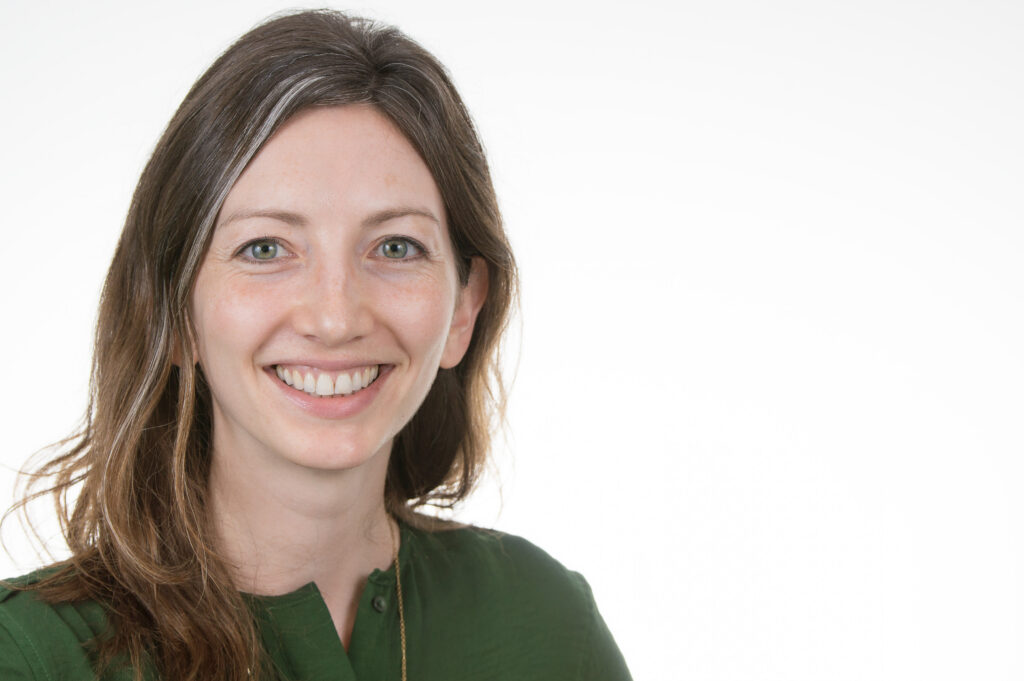
Lisa Inks is a member of the Executive Team of Urban Rural Action and Co-Director of Uniting to Prevent Targeted Violence in Southeast Wisconsin. Before joining UR Action, she was Senior Director for Peace and Governance at Mercy Corps, an international humanitarian, development and peacebuilding organization. There, she led agency strategy around peace and governance programming and thought leadership, specializing in social cohesion and preventing youth participation in violence. Prior to that, she was Director of Conflict Management Programs and Monitoring, Evaluation, and Learning Advisor for Mercy Corps in Nigeria. She has also worked at IREX and Global Nomads Group. She has an MA in Law and Diplomacy from the Fletcher School at Tufts University and a Bachelor’s from Indiana University.

Eli is the Waukesha County Coordinator for Urban Rural Action’s Uniting to Prevent Targeted Violence program. Professionally, he is an engineer in information technology who runs his own company providing SMB services. He enjoys the human element of technology: using IT to improve other people’s work lives and translating technology into simple concepts the average person can understand. He has been excited to work with Urban Rural Action to combine his technical skills with the organization’s collaborations and community outreach training. He’ll be taking this experience with him to other service-related endeavors, such as his SWIS District leadership roles within Optimist International.
